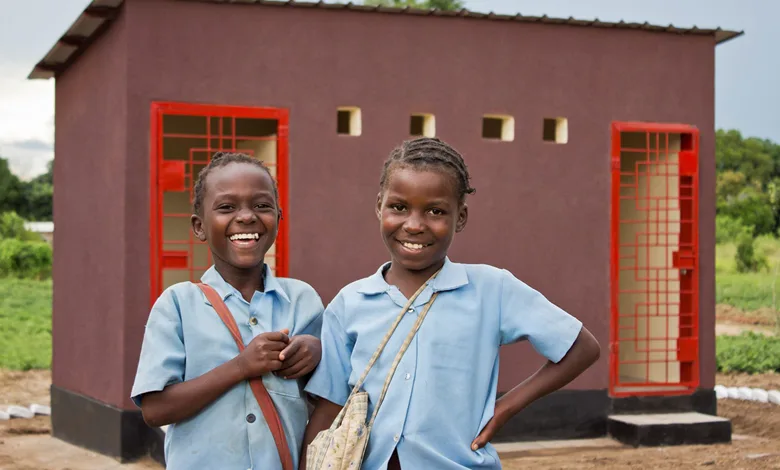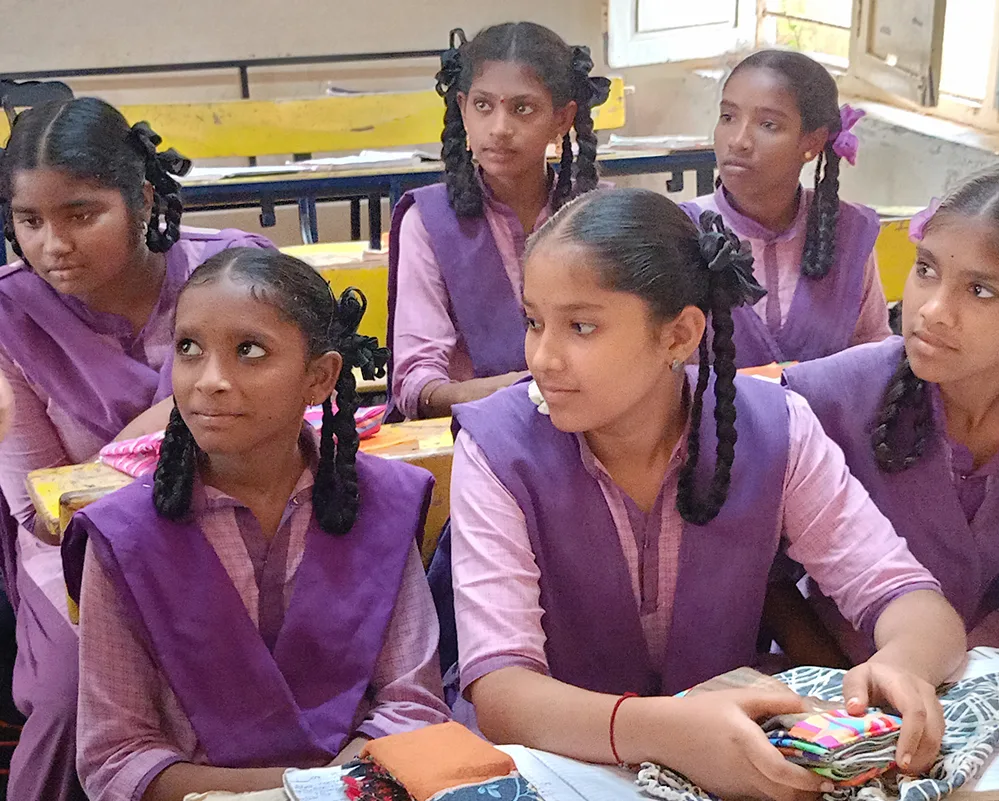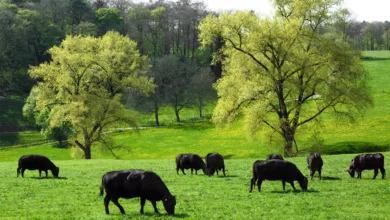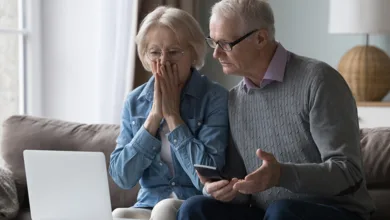From Homeless Teen to Global Humanitarian: The inspiring journey of Robert Freeman

There’s an old saying: “Into every life, some rain must fall.” If true, then the measure of life may be how well one handles those storms.
This is the case for Robert Freeman, a California retiree who went from experiencing homelessness as a teenager to founding and leading an international nonprofit that has helped millions of the world’s poorest children.
Freeman’s challenges began in high school when his parents divorced. His mother told him to live with his father; his father told him to live with his mother.
As a result, he fell through the cracks and was left without a stable home. He spent nights sleeping in the back seats of unlocked cars to stay out of the rain.
His high school chemistry teacher eventually noticed his struggle and stepped in. She offered him a place to sleep on her couch, providing the stability that allowed him to graduate in 1971.
After high school, Freeman joined the Merchant Marines, drawn by the promise of “three hots and a cot.” For six years, he sailed the world’s seas and learned shipbuilding.
By 1979, while working in an Oregon shipyard, he met his future wife, who was accepted to Stanford Law School. He followed her to California, enrolled at a nearby college, and completed his degree at age 28. He was the “old man” in the class.
In 1981, as the personal computer industry was taking off in Silicon Valley, Freeman entered the field, working to make up for lost time. He later pursued and earned an MBA from Stanford, once again becoming the “old man” in his class at 35.
His career quickly advanced, and within six years, he became vice president of international marketing for one of the world’s largest software companies. It was a long way from sleeping in the back seats of cars.
Yet, something weighed on him. He once promised his chemistry teacher that he would repay her kindness by becoming a teacher. As his career thrived, he questioned when he would fulfill that promise.
During a sabbatical in 2000, Freeman contacted a local high school to inquire if they needed a math teacher — the only subject he felt qualified to teach. Their response was immediate: “Can you come down tomorrow?”
Within a day, he was fingerprinted, breathalyzed, and in the classroom teaching Euclidean Geometry. He embraced the role and never looked back.

In 2007, Freeman wanted to show his students they had the power to change the world. He challenged the school: if each student donated one dollar, he would use the funds to build a classroom in their honor in Africa. At the time, his school had 1,770 students, who collectively contributed $1,851.
He expanded the challenge that spring, raising $9,000 from 9,000 teenage students across five schools. With that funding, he built his first classroom in Naro Moru, Kenya, and The Global Uplift Project was born.

Soon, he had built classrooms in Nepal, Nicaragua, South Africa, Indonesia, and other countries. The initiative expanded beyond classrooms to include science laboratories, playgrounds, libraries, and sanitation facilities—anything necessary to improve the learning environment for the poorest children in developing countries.

Today, 18 years later, the Global Uplift Project has completed more than 500 educational projects in 26 developing countries. Over time, these initiatives will impact more than 3 million of the world’s poorest children, offering them better opportunities for the future.
The newest Save a Girl Sewing Center has opened in India, joining five others in Kenya, Tanzania, Uganda, Cameroon, and Nepal. Collectively, these centers have produced and distributed more than 100,000 Save a Girl kits at no cost, helping thousands of girls stay in school and complete their education.

Now, at 70, Freeman reflects on the journey that led him here. “It’s the rain that nourishes the potential of every living thing. Each of us has a rainbow inside trying to get out. And it’s never too late to find yours.”




